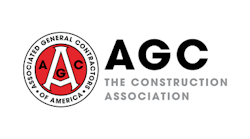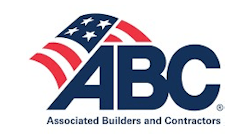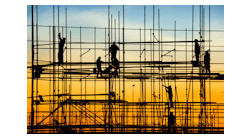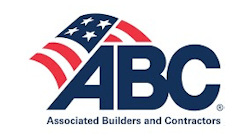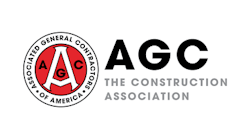AEM’s Infrastructure Vision 2050, the association’s nationally recognized infrastructure-focused thought leadership initiative, hosted a panel discussion during Mobility 2021. Run over three days and anchored by the Reuters Trust Principles, the flagship event connects the leading federal, state, city, and transit leadership with the C-Suite in transit and mobility from the largest technology, infrastructure, OEM, and energy companies on the planet. Mobility 2021 is built on three core themes: Digitalization, Sustainability, and the Smart City. In exploring each, participants helped identify the business models, infrastructure requirements, and public/private partnerships that will finance mobility projects, reduce emissions, and enable the safe and equitable movement of people, goods, and services.
AEM’s Kip Eideberg joined Alisyn Malek, executive director of the Commission on the Future of Mobility, Jamie Williamson, executive vice president and group general manager at Topcon Positioning Systems, Raja Viswanathan, public sector and transportation transit lead at Accenture, and David Leopold, director of city solutions at City Tech Collaborative for a wide-ranging discussion on how technology can enable operational and project efficiencies to maximize infrastructure investments and deliver capital projects on time.
“Despite the benefits of digital construction technology being widely acknowledged, the construction industry remains one of the least automated industries in the world and has yet to move away from traditional work practices and embrace digital solutions at the rate that other sectors have,” said Williamson. “Nevertheless, changes in the sector are accelerating, and through the increasing adoption of automation and new technologies, the industry can begin to increase its productivity and address the challenges brought on by the demands of a growing population, while doing so sustainably.”
One of the recurring themes during the hour-long discussion was the fact that digitalization has not improved outcomes for everyone, including those who lack access, affordability, or skills to take full advantage of emerging technologies, and that policymakers must do more the ensure that digital technologies benefit more people, businesses, and places in the coming decades.
“It is critical that we look at the end-user. If we are going to build a new infrastructure system, or a new mode of transportation, or even a new bus route, we must look at the demographics. It is incumbent on state and local government to engage with their communities to better understand what they need and how they want to be communicated with,” said Viswanathan. “It is not enough to just build an app.”
Technology plays a critical role in delivering safe, reliable, affordable, and accessible infrastructure projects today and in the future. However, everyone agreed that infrastructure projects must be set up and scoped to meet the needs of all stakeholders, and technology should be used as a means to an end. The group also touched on the role that digitalization can play in helping communities maximize infrastructure investments while also meeting their sustainability and resiliency goals.
“A big part of what it comes down to is taking the time upfront to identify the goals,” said Malek. If the goals are sustainability and equity, then we need to figure out how we measure those goals and how we gather the data that provides us with relevant insights on progress.”
Rapid technological developments have lowered the traditionally high barriers to entry and allowed for significant modernization across the whole infrastructure space. While adoption is speeding up, it is not yet clear how likely – and quickly – the infrastructure sector will embrace new technology in the future.
“What we are going to see coming up is better integration across the various stages, across the silos, across the different ways we have traditionally been working,” said Leopold. In short, I think we will see capital and operating investments in tech moving closer and closer together, which might change substantially how we approach what we build and how we use it.”
Looking for more insights and analysis? You can watch the full discussion here.
Earlier this year, AEM and the Brookings Institution launched Rebuild With Purpose, a forward-looking national vision for how to build a modern, sustainable, and equitable infrastructure for all Americans.
For more AEM news and updates, subscribe to the AEM Industry Advisor.



